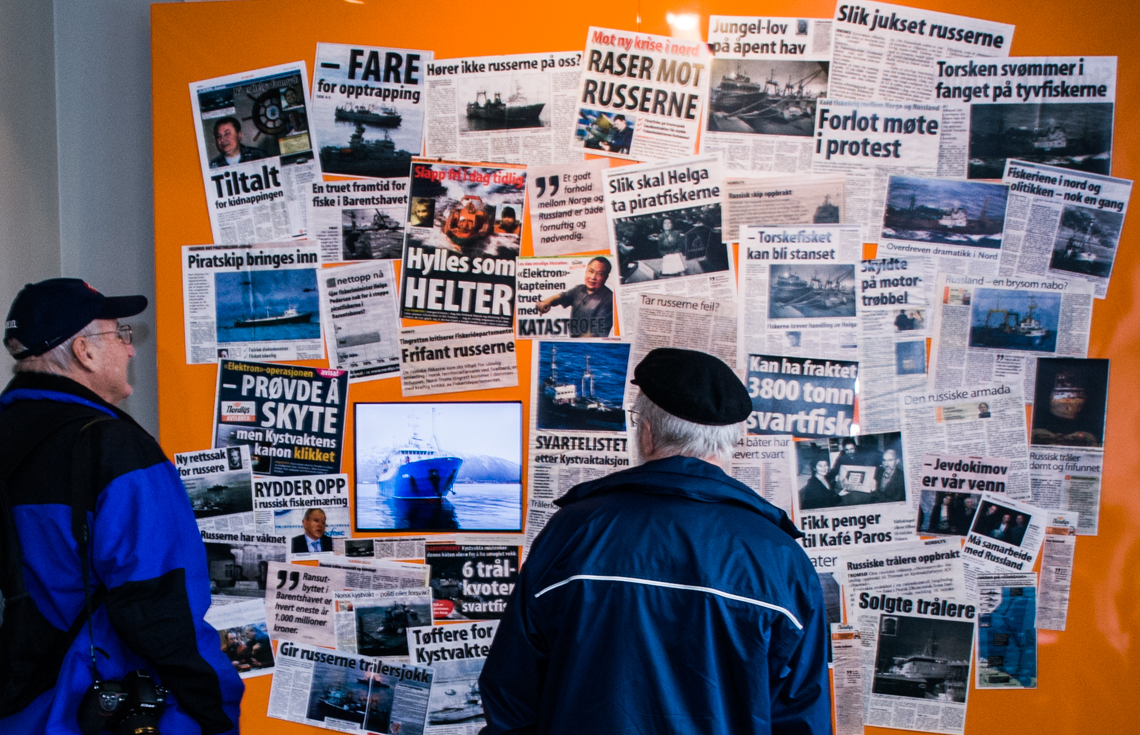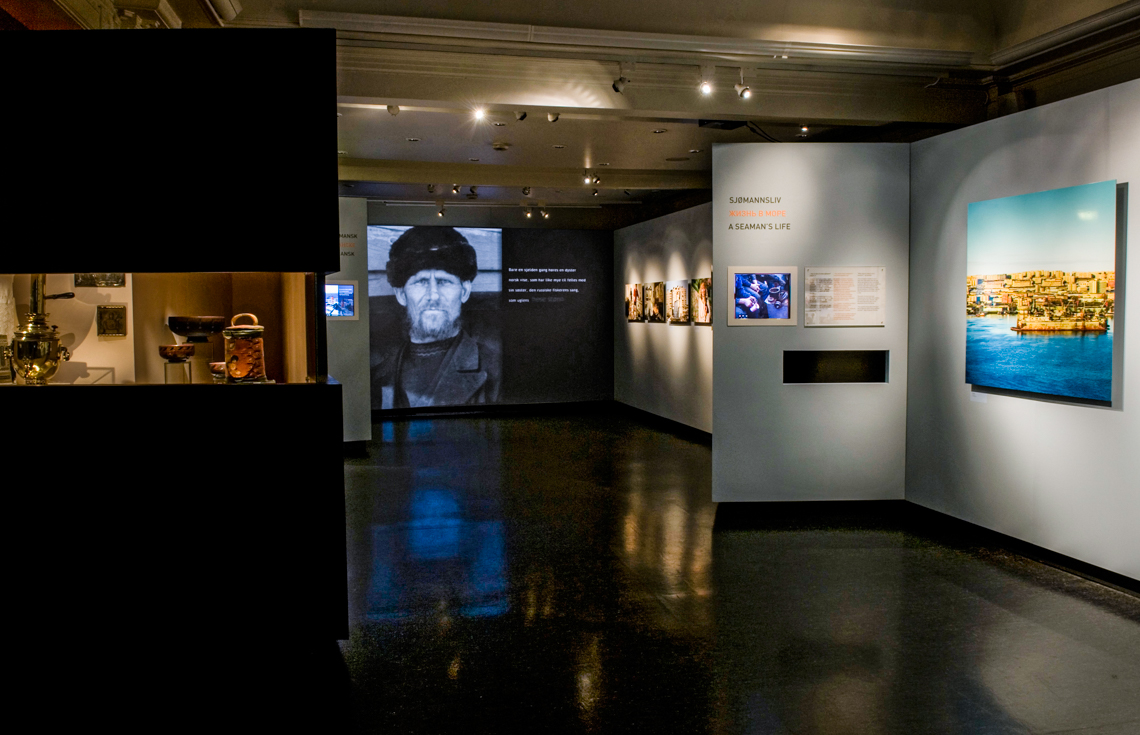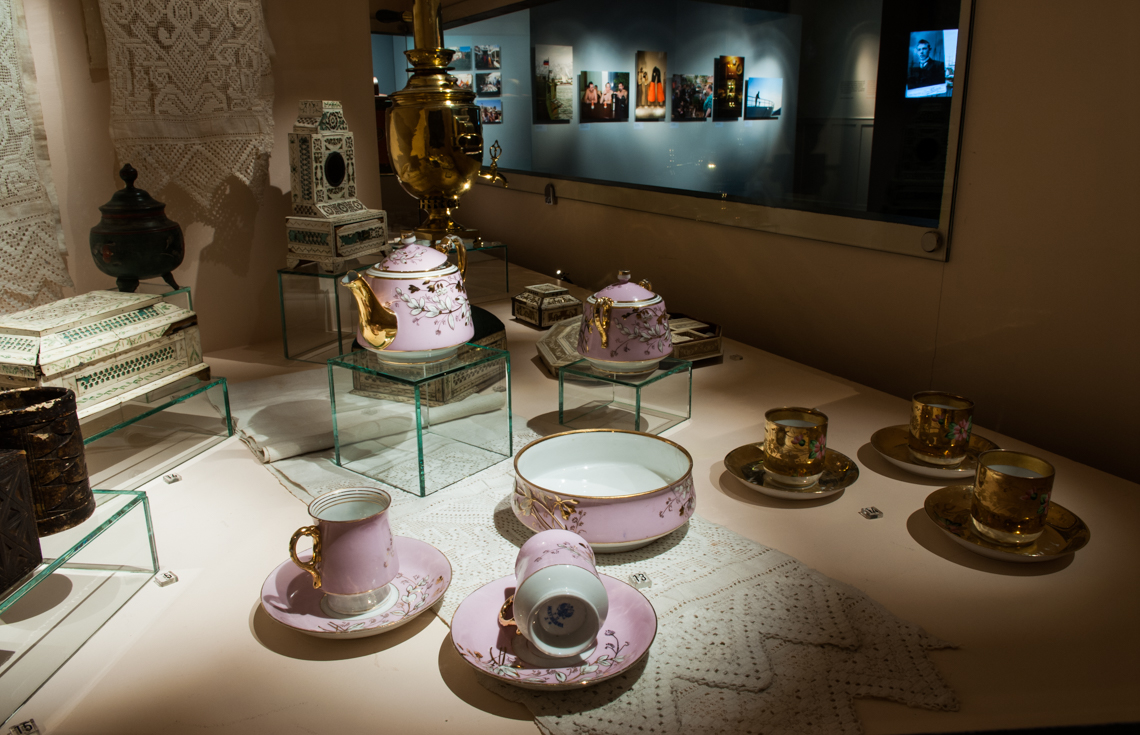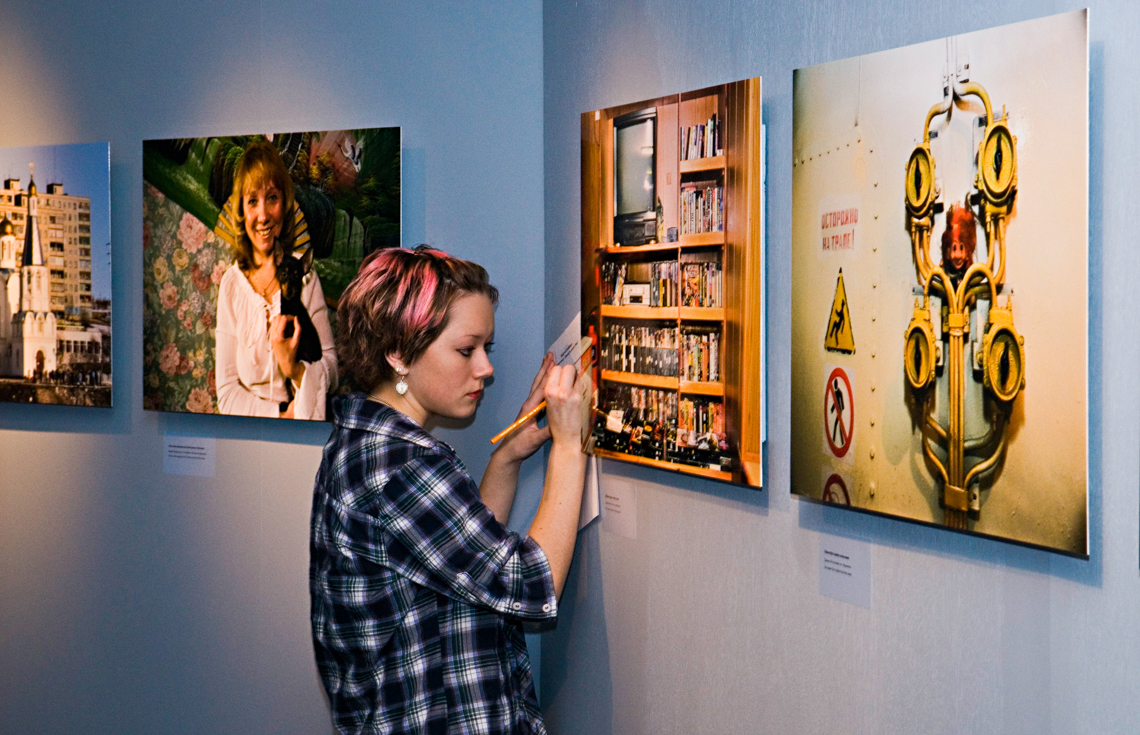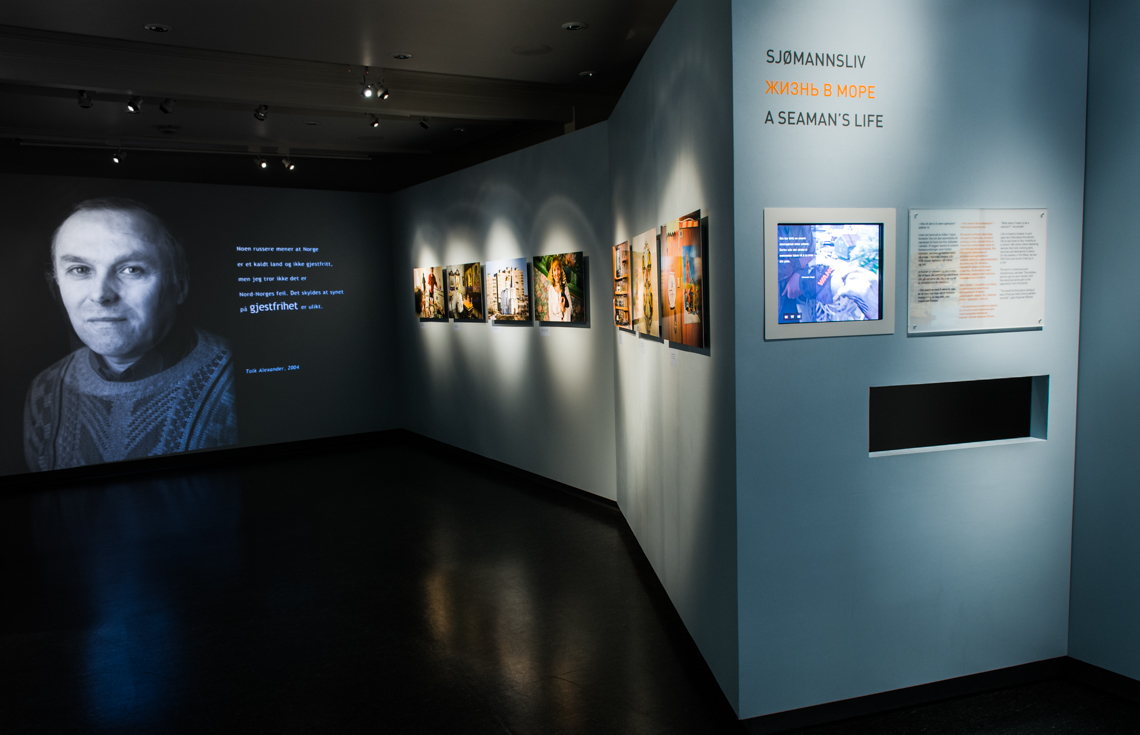After 70 years absence the Russian seamen returned to Tromsø. Rusting trawlers tied up in Tromsø harbour – some to load fish or take on supplies, others under arrest pending the settlement of unpaid bills. Some were victims of unprincipled trawler owners, abandoned without money or a return ticket home.
In the wake of the Russians’ arrival came dramatic newspaper headlines: “Russians Not Wanted”, “Pirate Ship Arrested”, “Stolen Goods Found on Russian Trawler”, “Incensed by the Russians”, and so on. The accounts gradually became more nuanced, but the image that remained was less than positive.
Curious to learn more, we approached them and enquired: Who are you and where are you from? How’s life on board? What do you think about Tromsø and Norwegians? This was the prelude to many interesting conversations on board the trawlers and at the museum in 2004/5, as well as visits to the homes of some of the seamen’s families in Murmansk.
Trade with Northern Russia has traditions that go back to the middle of the 18th century and the Pomor traders. The Russian seafarers arrived each summer from the White Sea area and supplied the region with necessities such as grain and building materials. They returned with fish as the most important trading commodity. The Pomors left their mark on Tromsø in various ways – through literature, photographs and, not least, the museum’s collection of artefacts.
Russian Seamen
This historical contact with the east can also be traced through the seamen who fled from the new Soviet state after the Russian Revolution in 1917 and settled in their traditional trading regions. One of them who sailed every year into Tromsø harbour was Ivan Ivanovitsj Burkow from Navolok near Archangel. Through Ivan’s dramatic story, which ends in Tromsø, we set today’s encounter with the Russian seamen in a historical perspective.
“The Russian Current” exhibition is about trade and international relations in the High North. A common denominator for the contact between North Norwegians and Russian seamen before and after the Soviet era must be that the two groups view each other with a certain amount of irony and distance and a good portion of scepticism. Then as now. This is at the very core of the exhibition, where we point out how perceptions of “the others” are created and maintained, not least by a critical media.
“The Russian Current” was opened september 2007. Perspektivet Museum would like to extend their gratitude to ABM-utvikling, Fritt Ord and UD for making this exhibition possible.
Buy the catalogue?
Order the exhibition catalogue Homo Religiosus – Religious experiences, dialogue and encounters with art here

